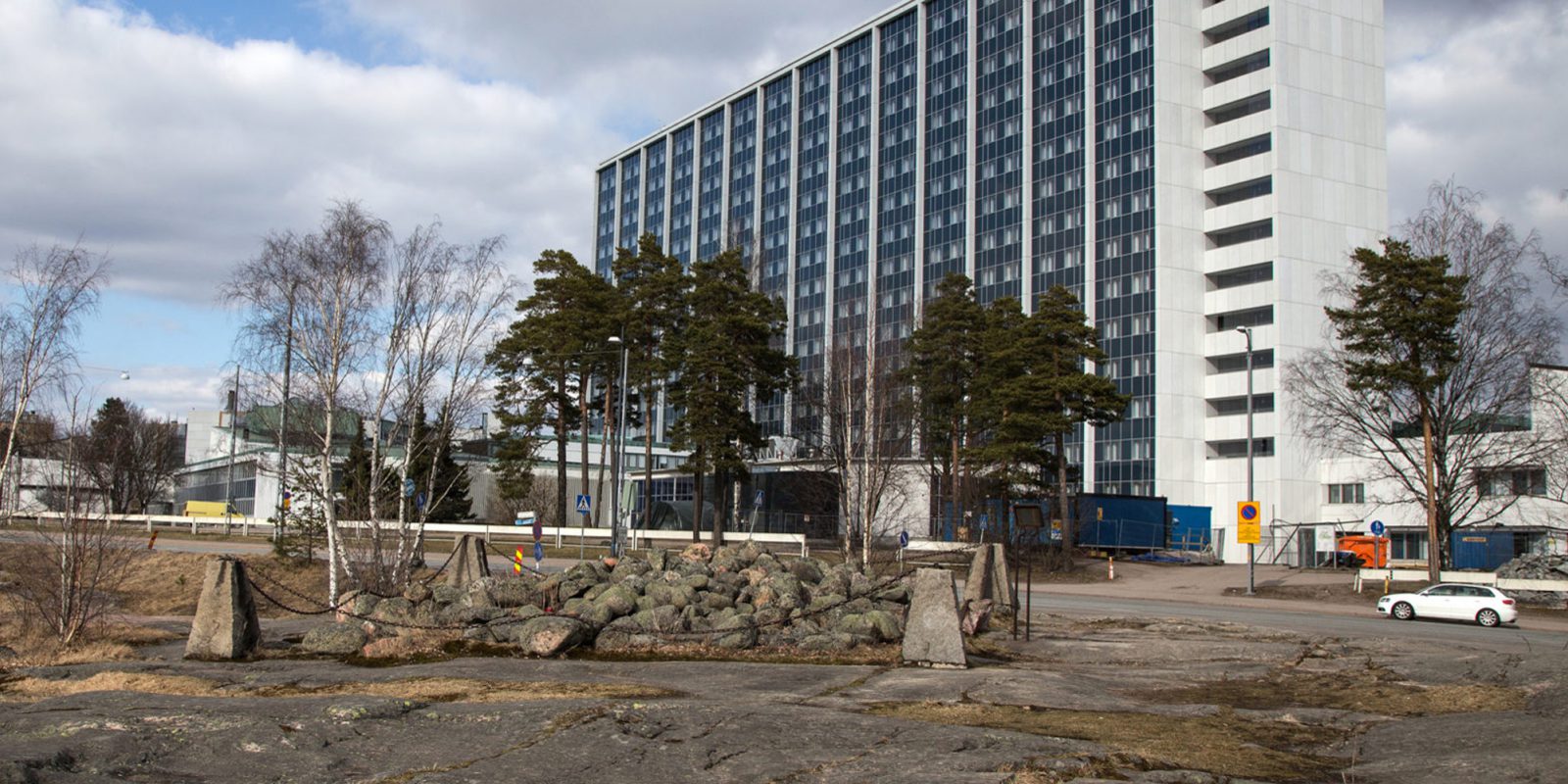
Land use and the archaeological entities
The Antiquities Act and the Land Use and Building Act ensure that the archaeological cultural heritage is factored in the plans and realisation of all land-use projects. Before commencing any construction work, the extraction of land resources or other project, any protected archaeological entities in the planning area must be identified.
Information on ancient relics and other archaeological entities is provided by the Finnish Heritage Agency and the provincial and city museums that participate in the ancient relics’ management. The Finnish Heritage Agency also maintains and updates the national Ancient Relics Register.
The primary aim is to always safeguard ancient relics and other archaeological cultural heritage in order to preserve the national cultural heritage for future generations to see and study. The preservation of the most important relics must be guaranteed in all circumstances. These relics possess a significant scientific value, in addition to which they are often also valuable as tourist sights. Some of the relics are so common or ordinary that after sufficient excavation work and documentation have been completed their protection under the Antiquities Act may cease.
If the Finnish Heritage Agency and a developer agree that a survey must be conducted on a relic in order to allow construction in the area, the developer will be responsible for all the survey costs. In small private land-use projects, such as the construction of a house or a summer cabin, the Finnish Heritage Agency will be responsible for the survey costs.
Underwater cultural heritage
Underwater cultural heritage, such as shipwrecks, must be taken into account when planning engineering projects in the water. These projects might include harbour constructions, waterway improvement, dredging and water filling. The project conductor must assess in advance whether the work will harm underwater relics. Since the information on underwater relic locations is incomplete, an underwater inventory must often be made during a construction project’s preparation phase.
A public or a large private construction project
The developer will be responsible for the costs of archaeological surveys conducted due to public or large private construction projects. The public projects include the construction of public roads and railways, and the large private projects include the construction of a terrace house or an industrial plant, to name a few examples.
A separate decision will be made for every construction project on the type of survey that is required. The surveys often begin with a test excavation. This excavation is intended to reveal the size of the relic and to indicate if the relic is in a sufficiently good condtion to warrant further research in the area.
A small private construction project
The Finnish Heritage Agency’s excavation team will perform the necessary surveys for small private construction projects. These projects might include the construction of a private house or a leisure residence, or gravel extraction for personal, small-scale use. The Finnish Heritage Agency will take care of the survey costs.
It is important that the landowner contacts the Finnish Heritage Agency early on when planning construction work so that a satisfactory solution for both the constructor and the Finnish Heritage Agency can be found to complete the construction Project.